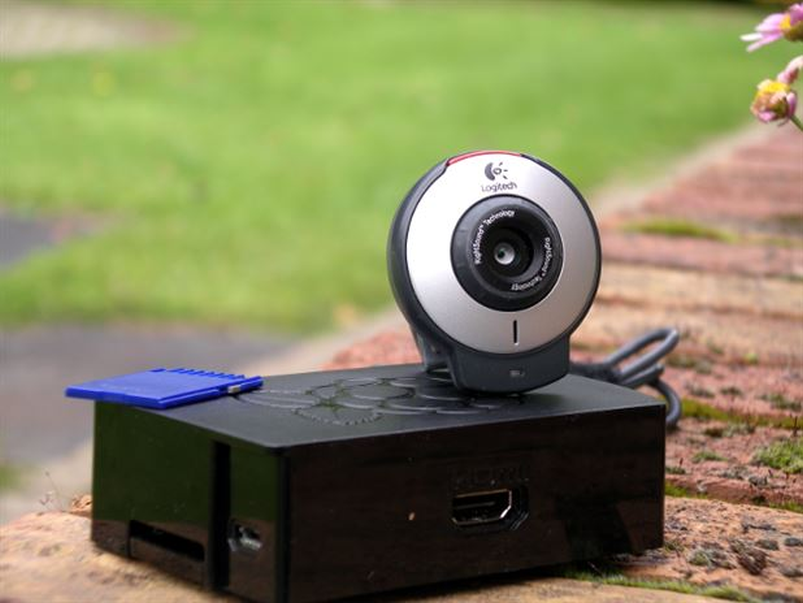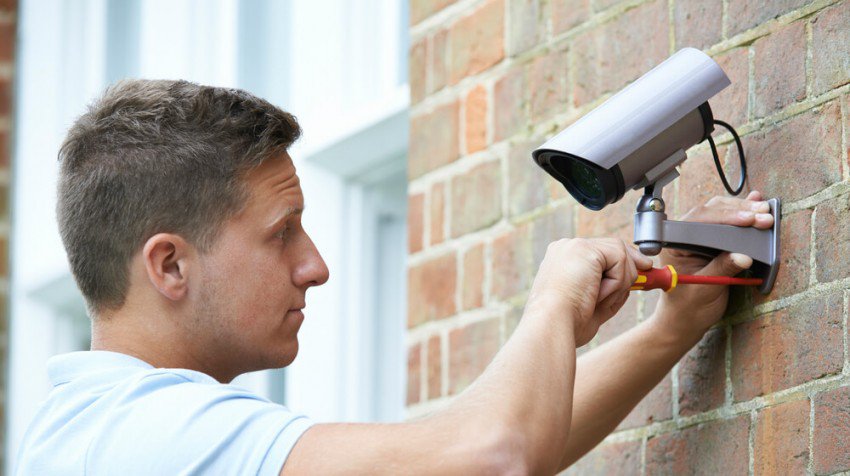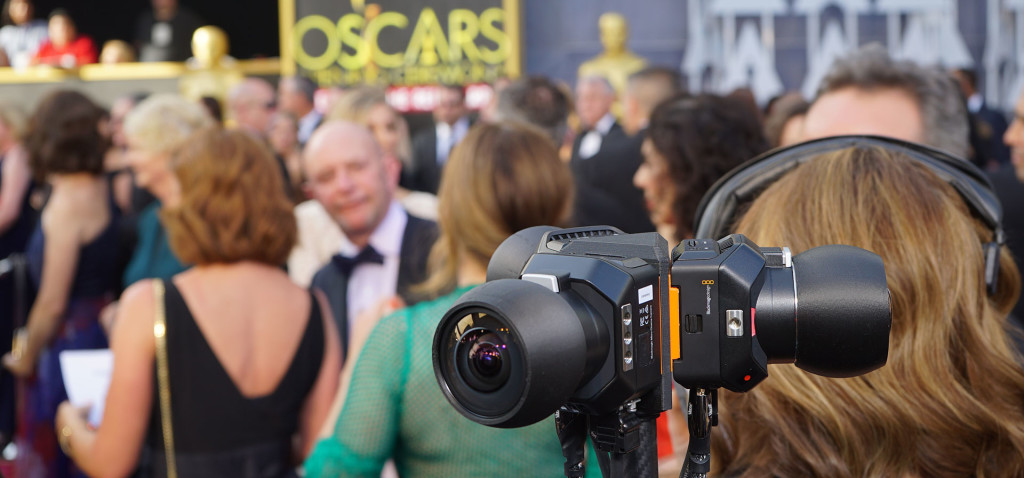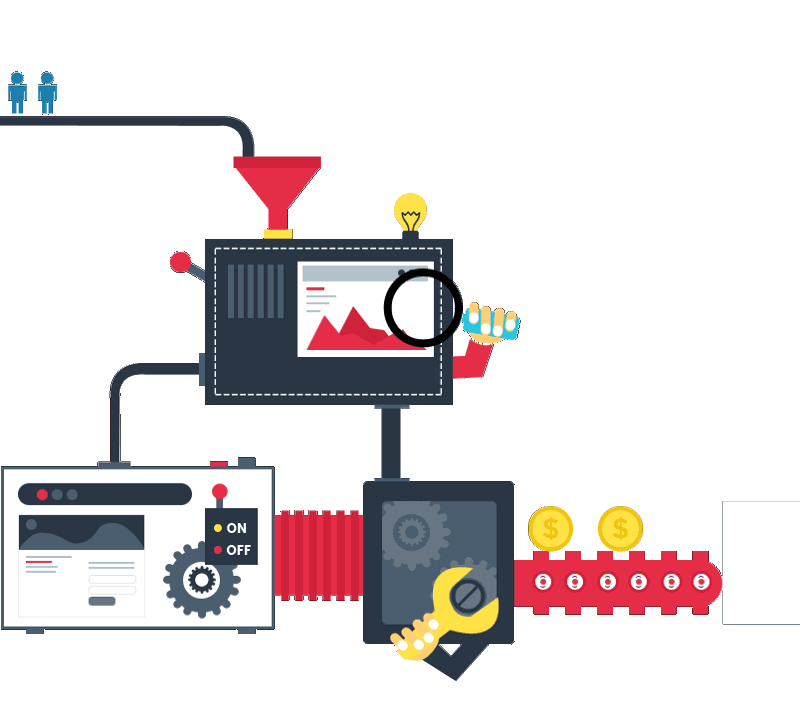
If you are reading this article it means that you care about the quality of live video streaming, which you provide. To a considerable extent, it depends on the software and the hardware that you use for streaming. In terms of hardware, the key role in live video streaming belongs to your video recording device – a video camera. This article will help you sort through the variety of video cameras and select the most appropriate one.
Web cameras

A webcam is a preferable choice for live video streaming, especially if you’re limited in budget and don’t want to bother about complex setting up process. Firstly, many PCs have webcams built in. However, even if your computer does not have one, you can easily connect a webcam to it via USB. This type of cameras does not have direct access to the Internet, so you cannot use it for streaming without a computer. Besides, as far as your camera is connected to the PC directly you will not have worries about a power supply. Secondly, for streaming via webcam, it’s not required to have a capture card – just ensure that your computer has all crucial software installed, such as an encoder, a streaming server etc., and a good Internet connection. Another thing which makes webcams so appealing for ordinary users is a reasonable price. If your built-in camera isn’t good enough for streaming you can buy its acceptable substitute for $100. To the number of webcam’s downsides belong its mediocre image and sound quality. Moreover, by means of a webcam, you cannot zoom, focus or customize the image in any other ways while streaming. This camera also does not have its own storage for images, so it’s not available for independent usage. All in all, everything depends on your needs. You can use webcam for broadcasting the events for which streaming quality is not a priority or consider some other options in order to provide better user experience.
IP cameras

The great advantage of these cameras is that they have an IP address and can be connected to the Internet on their own. Due to the fact that they use mainly wireless connection, IP cameras can be placed anywhere. In addition, a lot of them support power over Ethernet and are capable of streaming 24/7. However, you should take into account that live streaming via IP camera is more complicated. Here you cannot do without an encoder, which transforms signal from IP cameras into suitable format for live streaming. One of the most widely used encoders is Adobe Flash Media Live Encoder, which is also free of charge.
IP cameras are actively used for surveillance but are not limited to it exclusively. They are a perfect option for live video streaming if flexibility is one of your top priorities. For example, with the cameras, you can broadcast live concerts or any other events, where it’s important to provide streaming from different angles. Furthermore, they enable the users to enjoy two-way audio option – to speak and to listen to the person on the video. The disadvantages of IP cameras include higher prices, in comparison with webcams.
Professional cameras

While mentioning about professional cameras for live video streaming, it’s quite obviously that now we’ll discuss HDMI and SDI cameras. If you are interested in a high quality live stream, you should be ready to spend a substantial sum of money on your camera. Despite the fact that, professional cameras are expensive themselves, you’ll also need to spend extra money on a capture card, which enables live video streaming via these cameras. As a rule, a capture card is a device that connects your camera to your computer and is aimed at converting the signal from the camera into the appropriate format used for live streaming.
HDMI
The HDMI cameras can record video in HD format and have HDMI output. The cameras are popular for the variety of models, so everyone can choose the most affordable variant. Besides, if more capture or encoding options are required, there is an option to convert HDMI into SDI. However, HDMI is not capable of long cable runs as SDI. Moreover, the cables of HDMI cameras don’t lock, which makes them more prone to disconnections. You should also take into consideration that a part of HDMI connections have default copy protection function and block signal transmitting.
SDI
Cameras with SDI output are claimed to be the best option for live video streaming on a professional level. First of all, SDI cameras have locking cable connectors, and therefore are capable of providing stable stream without interruptions. Besides, there is one more thing which makes SDI cables better than USB and HDMI ones. It’s substantially longer cable run. For example, with HDMI and USB cables you go up to 20 feet but with SDI cables you can have even longer cable runs without worrying about any kinds of intervention. Considering the fact that SDI is a typical connection option for most encoders and capture cards, it will be an ideal solution for video streaming in various cases.
All in all, professional cameras are more flexible, powerful and provide ample opportunities for live video streaming. You can effortlessly zoom, use wide angle focus, customize the lenses the way you need and provide top quality video streaming experience due to some additional functions. Taking into account the advantages offered by professional cameras, it appears that their only one disadvantage is high cost.
Still have doubts about what video camera to choose? Let us know and our professional developers will select the best option that will perfectly suit your requirements.



Nice pick and good Review about webcam, Always is good to know new thing about that. Thank you